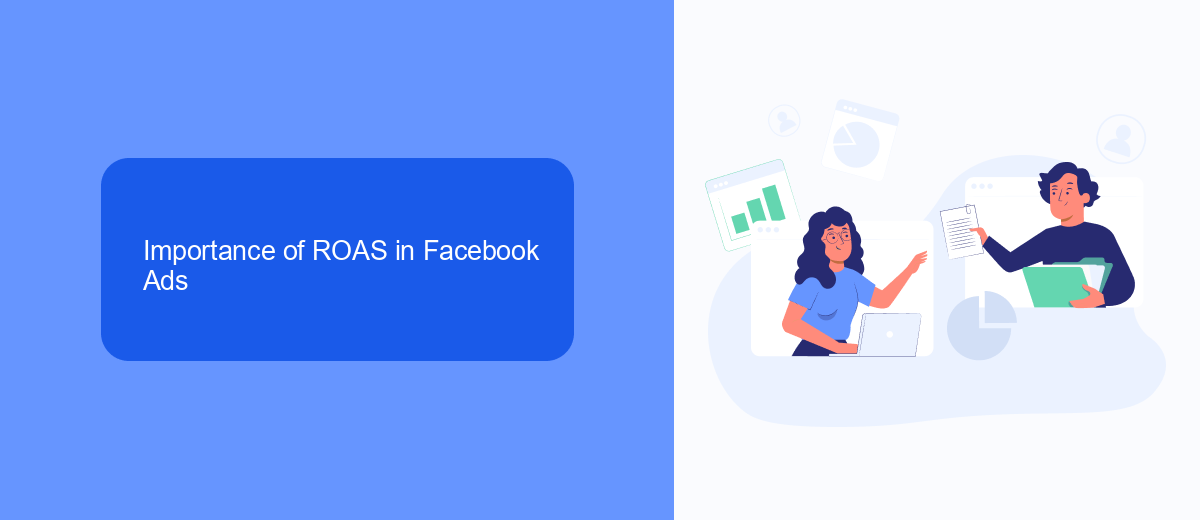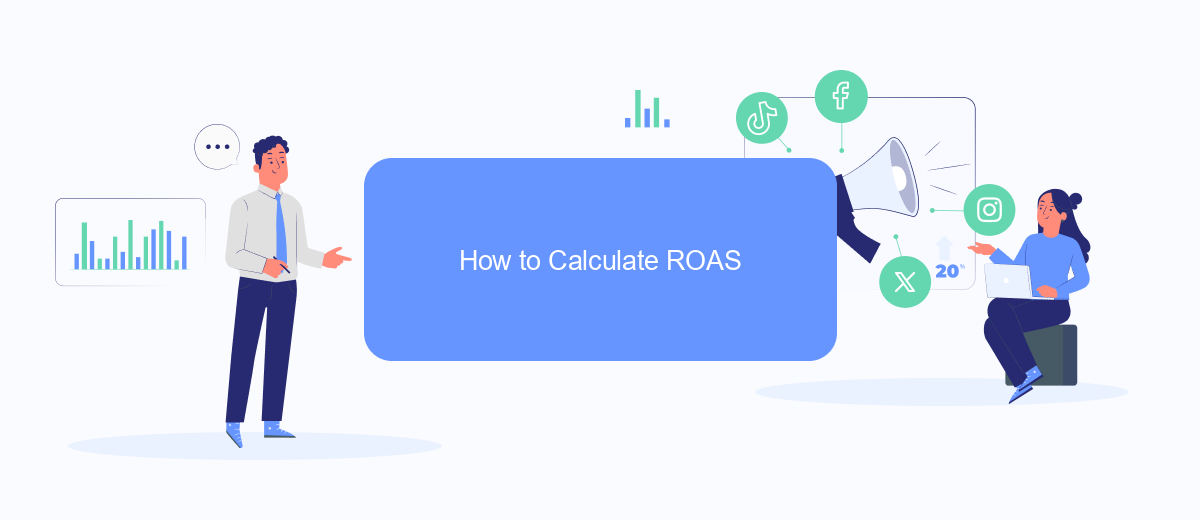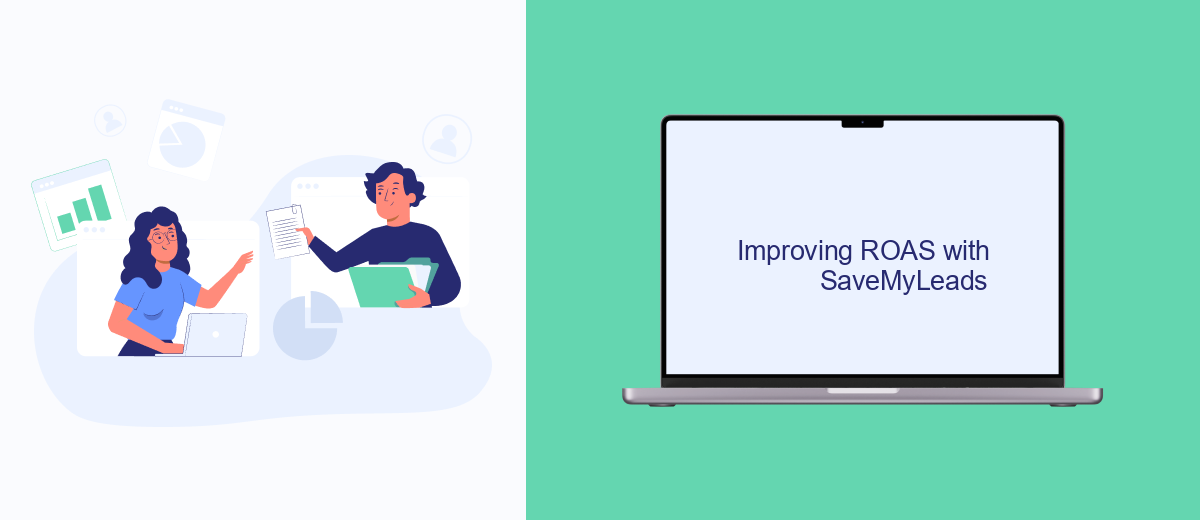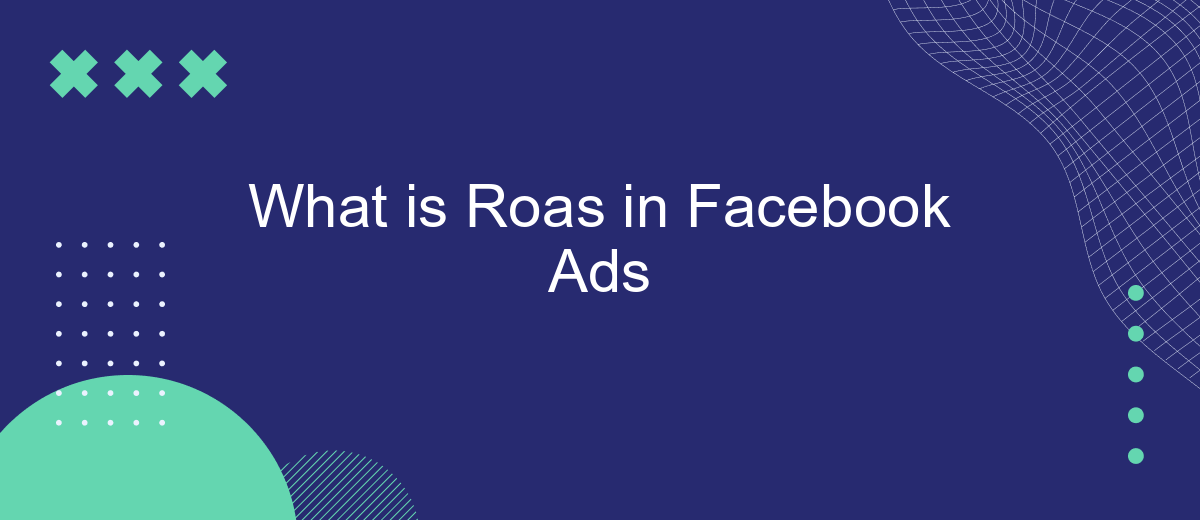Return on Ad Spend (ROAS) is a key metric for evaluating the effectiveness of your Facebook Ads campaigns. It measures the revenue generated for every dollar spent on advertising. Understanding ROAS helps businesses optimize their ad budgets, improve targeting, and maximize profitability. This article delves into what ROAS is, why it matters, and how to calculate and improve it for your Facebook Ads.
What is ROAS?
ROAS, or Return on Ad Spend, is a critical metric in Facebook Ads that measures the revenue generated for every dollar spent on advertising. It helps businesses understand the effectiveness of their ad campaigns by comparing the amount of money earned from ads to the amount spent on them. A higher ROAS indicates a more successful campaign, while a lower ROAS suggests that adjustments may be needed.
- Formula: ROAS = Revenue from Ads / Cost of Ads
- Example: If you spend 0 on ads and earn 0 in revenue, your ROAS is 5
- Importance: Helps in optimizing ad spend and improving campaign performance
To maximize your ROAS, consider integrating tools that streamline your ad management process. Services like SaveMyLeads can automate lead data transfer from Facebook Ads to your CRM or other platforms, ensuring timely follow-ups and reducing manual errors. By leveraging such integrations, you can focus on refining your ad strategies and achieving higher returns on your advertising investments.
Importance of ROAS in Facebook Ads

Return on Ad Spend (ROAS) is a critical metric in Facebook Ads, as it measures the effectiveness of your advertising campaigns by comparing the revenue generated to the amount spent on ads. A high ROAS indicates that your ads are generating more revenue than they cost, making your campaigns profitable. By tracking ROAS, businesses can optimize their ad spend, allocate budgets more efficiently, and make data-driven decisions to enhance overall marketing strategies.
Moreover, understanding and improving ROAS can lead to better allocation of resources and higher return on investment (ROI). Tools like SaveMyLeads can further enhance your ad performance by automating lead generation and integration processes. SaveMyLeads allows seamless connection of Facebook Ads with various CRM systems, email marketing platforms, and other services, ensuring that your leads are efficiently managed and followed up. This integration helps in maintaining a high ROAS by ensuring that no potential customer is lost in the process, thereby maximizing the value derived from your ad spend.
How to Calculate ROAS

Calculating ROAS (Return on Ad Spend) for your Facebook Ads is essential to determine the effectiveness of your advertising efforts. ROAS measures the revenue generated for every dollar spent on ads. Here’s a step-by-step guide to calculate ROAS:
- Determine your total revenue: Calculate the total revenue generated from your Facebook Ads campaign. This can be tracked through your e-commerce platform or any other revenue tracking tool.
- Find your total ad spend: Identify the total amount spent on your Facebook Ads campaign. This information is available in your Facebook Ads Manager under the campaign's budget and spending details.
- Calculate ROAS: Divide the total revenue by the total ad spend. The formula is ROAS = Total Revenue / Total Ad Spend.
For more accurate and automated calculations, consider integrating services like SaveMyLeads, which can help streamline your data collection and analysis process. By setting up these integrations, you can ensure that your ROAS calculations are always up-to-date and accurate, allowing you to make more informed decisions about your ad spend.
Improving ROAS with SaveMyLeads

Improving your Return on Ad Spend (ROAS) on Facebook Ads can be a challenging task, but with the right tools and strategies, it becomes much more manageable. One such tool that can significantly enhance your ROAS is SaveMyLeads. This service simplifies the process of integrating various applications and automating workflows, ensuring that your marketing efforts are as efficient as possible.
SaveMyLeads allows you to connect Facebook Lead Ads with numerous CRM systems, email marketing platforms, and other essential business tools. By automating these integrations, you can ensure that leads are promptly followed up, reducing the chances of losing potential customers and increasing your overall ROAS.
- Automate lead data transfer to your CRM.
- Set up instant notifications for new leads.
- Integrate with email marketing platforms for immediate follow-ups.
- Track and analyze lead performance with integrated analytics tools.
By leveraging SaveMyLeads, you can streamline your marketing processes, ensuring that every lead is maximized to its full potential. This not only saves time but also increases the efficiency of your ad spend, ultimately leading to a higher ROAS on your Facebook Ads campaigns.
Benefits of Optimizing ROAS
Optimizing ROAS (Return on Ad Spend) in Facebook Ads can significantly enhance the efficiency and profitability of your advertising campaigns. By focusing on ROAS, advertisers can allocate their budgets more effectively, ensuring that every dollar spent yields the highest possible return. This optimization helps in identifying the most profitable ads and audience segments, allowing for better decision-making and strategic planning. As a result, businesses can maximize their revenue while minimizing wasted ad spend.
Furthermore, leveraging tools like SaveMyLeads can streamline the process of optimizing ROAS. SaveMyLeads offers seamless integration with various platforms, enabling advertisers to automate lead management and data synchronization. This automation reduces manual effort and errors, providing real-time insights into campaign performance. By using SaveMyLeads, businesses can quickly adapt their strategies based on up-to-date data, ensuring continuous improvement in ROAS and overall campaign success.
FAQ
What is ROAS in Facebook Ads?
How is ROAS calculated in Facebook Ads?
What is a good ROAS for Facebook Ads?
How can I improve my ROAS on Facebook Ads?
What factors can affect ROAS in Facebook Ads?
Would you like your employees to receive real-time data on new Facebook leads, and automatically send a welcome email or SMS to users who have responded to your social media ad? All this and more can be implemented using the SaveMyLeads system. Connect the necessary services to your Facebook advertising account and automate data transfer and routine work. Let your employees focus on what really matters, rather than wasting time manually transferring data or sending out template emails.
